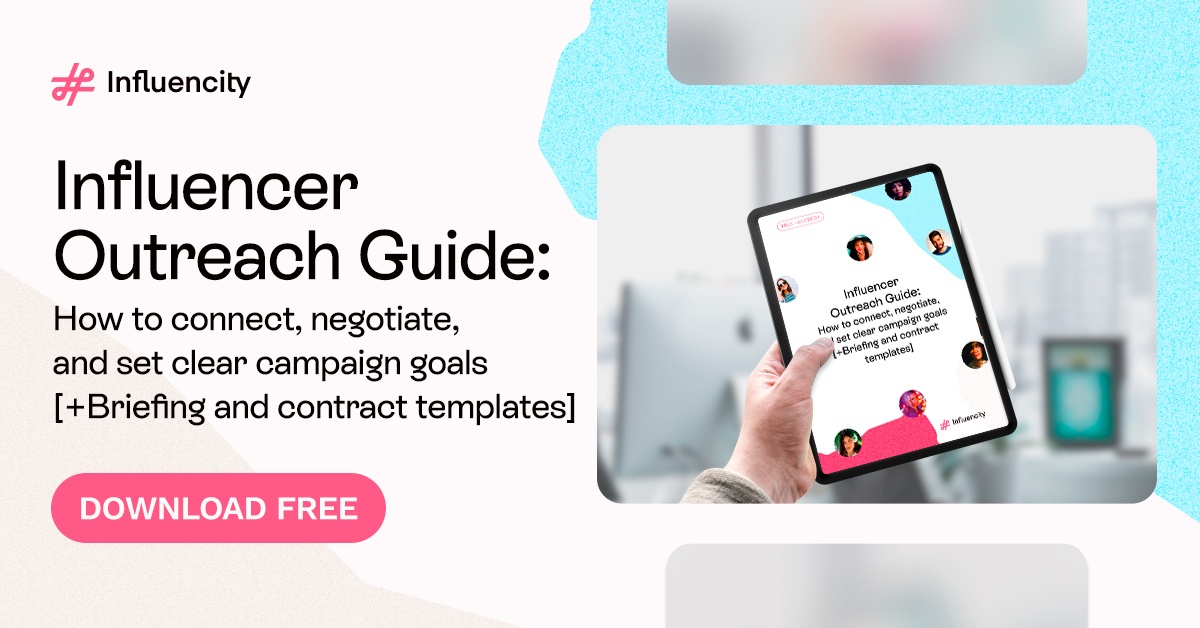How to Use Influencer Whitelisting to Maximize Your Instagram Ads
Influencer whitelisting is becoming an increasingly popular strategy used by brands looking to enhance their campaigns and gain maximum exposure. With the right approach, this technique can improve your audience targeting capabilities and increase your overall marketing ROI.
In today’s post, we are going to explain what influencer whitelisting is and share a few tips and strategies to help you identify and add influencers to your whitelist and optimize the performance of your Instagram ads.
What Is Influencer Whitelisting?
Influencer whitelisting is a new influencer marketing technique that helps brands and agencies increase their reach on social media platforms such as Instagram. It serves as a bridge between organic and paid content, where you harness the power of social ad targeting to expose an influencer to a larger, more relevant, and more responsive audience.
To achieve this, brands get permission from influencers to publish paid ads directly through their Instagram profiles. In doing so, they get the benefit of an influencer’s knowledge and experience whilst increasing the level of reach and engagement that they would organically be able to offer.
Influencer whitelisting is not the same as traditional, paid partnerships. A paid partnership is where you pay an influencer to post a campaign targeted at the organic audience that they have built up over time. Influencer whitelisting, in turn, is where a brand pays the social media platform to promote the influencer’s post as a sponsored ad (aside from what they are paying for the influencer collaboration). Using this strategy can help brands reach a much larger audience on Instagram, which can be a highly effective way of boosting campaign ROI.
Influencer Whitelisting Tips: How to Find and Add Influencers
Here are a few tips to help you find suitable influencers to add to your whitelist:
- Make sure that the influencer you choose for your influencer whitelisting campaign is a good fit for your brand. This means that they share the same values as your brand, work in the same market niche, and have a relevant audience that is likely to be interested in your campaign. Although you will be expanding their reach with a paid ad, you want their existing followers to take an interest too.
- Conduct a thorough analysis of their past campaign performance metrics to make sure that they can create quality content that resonates with their audience and generates good levels of engagement.
- Aim to work with influencers that you already know and trust. Ideally, they will have promoted content for you in the past or served as an ambassador for your brand.
- As you’ll be connecting their Instagram profile with your paid ad, the influencer you choose needs to have a business profile, creator account, or a verified account on Instagram. This can sometimes be an issue if you choose to work with a nano- or micro-influencer.
- Once you’ve selected an influencer for your whitelist, reach out to them in the right way and make sure you have negotiated a written agreement outlining all terms and conditions before paying for your sponsored ad.
Influencer Whitelisting Strategies
Let’s finish by looking at a few influencer whitelisting strategies to optimize your Instagram ad targeting and performance once you have selected an influencer to work with:
Encourage Creativity
You’re boosting the reach of your influencer with your sponsored ad, so make the most of your collaboration by taking advantage of their best asset: their knowledge and experience. Encourage your influencer to get creative with the post that they design and use strategies that achieved good results in the past. That way, your sponsored content will have a more authentic and organic feel to it.
Include Influencer Whitelisting in your Monthly Marketing Budget
Set aside a percentage of your marketing budget to regularly invest in influencer whitelisting. You don’t need to invest a lot to get good results. Even 10% of your monthly budget can have a remarkable impact on your marketing reach.
Promote as Much Whitelisting Content as Possible
Once you get started with whitelisting, you’ll notice that paid posts don’t always perform in the same way as organic posts. Even with sponsored audience targeting, you still have less control over who is seeing your campaigns compared to organic posts with clearly defined targeted audiences. Because of this, it’s a good idea to promote as much whitelisting content as possible and then track your results to see how your sponsored ads are performing.
Keep your Sponsored Ads Running
The longer your sponsored posts are running, the more time you’ll have to analyze how it is performing. Track post metrics regularly to see how often people are engaging with it and make adjustments to your post when necessary. You could even run a few different ads at the same time as a test to see which formats and content styles resonate best with your targeted audience.
Understand your Rights
With influencer whitelisting, you’ll be working directly from an influencer’s business account. This means that it is vital that you agree on your content rights before launching a sponsored post. This includes content ownership, payment terms and fees, the duration of the campaign, modification permissions (including edits), and whether your brand can repurpose the content at a later date.
Summing Up
By following all these tips and strategies you should now have an in-depth understanding of how to launch a successful influencer whitelisting campaign. With the right influencer, the right sponsored targeting parameters, the right content, and the right key message, your campaign could potentially reach a huge audience, regardless of the size of an influencer’s organic following.
Tags:






















%20and%20How%20Can%20They%20Benefit%20Your%20Brand%20article.jpg?length=628&name=What%20Are%20Key%20Opinion%20Leaders%20(KOL)%20and%20How%20Can%20They%20Benefit%20Your%20Brand%20article.jpg)








